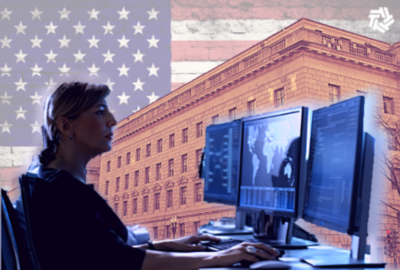Social media, apps take growing role in emergency response
Social media and applications are now part of the emergency first-responders\' toolkit.
Social media and applications are now part of the emergency first-responders’ toolkit.
In the United States, technological capabilities like geo-spatial location have helped in the Gulf Coast oil spill, Haiti relief efforts and local emergency responses. Facebook and Twitter have become a digital 9-1-1 call.
“When someone needs help, their voice can be amplified instantly all the way around the world, and sometimes that quickly gets to a person who is in a position to help,” said Alex Howard, Gov 2.0 correspondent for O’Reilly Media, in an interview with Federal News Radio.
As Japan recovers from last week’s tsunami and earthquake, the role of technology – particularly smart phones – in emergencies may play a significant role. Computer World lists some useful apps in emergencies – The Emergency Radio app gives you access to police, fire and other scanners, as well as maps where events are taking place. In case of an emergency, another app – Disaster Caster – broadcasts your plan to family and friends.
As families still try to find people after the quake, Google‘s Person Finder app allows people to set up a profile page for a missing person. ABC News reports that there are currently 140,000 people registered. For people not registered in Person Finder, Google is also posting photos of people in shelters to a public album on its photo-sharing site Picasa.
Copyright © 2025 Federal News Network. All rights reserved. This website is not intended for users located within the European Economic Area.





